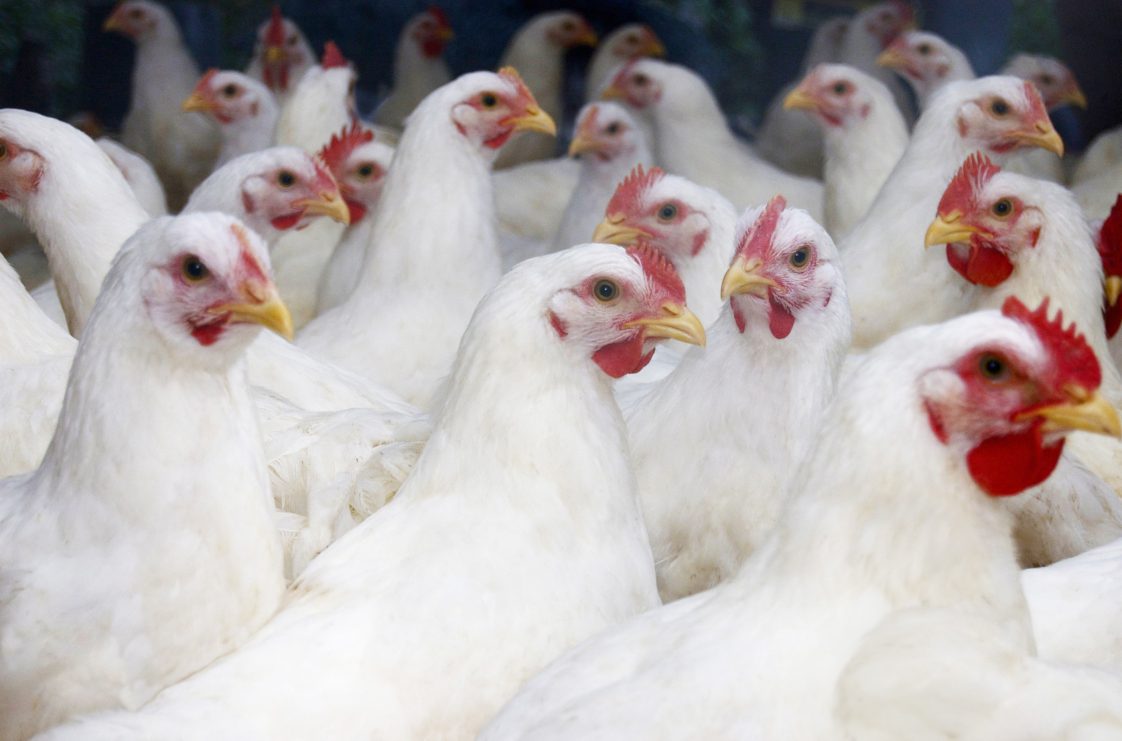Farming

Having unexpected mortality in poultry is never a good thing. Valuable resources for producers in Alabama are the four State Veterinary Diagnostic Laboratories.
For backyard poultry from Alabama submitted to one of these labs, a case accession fee of $10 is charged for a group of up to five birds. Lab services include diagnosing diseases or other problems using the lab techniques of microscopy, culturing, serology, or molecular techniques.
After a diagnosis has been made, the lab may provide recommendations to prevent the problem. With this information, an effective plan can be devised to prevent or eliminate further losses.
Before submitting a sample, call the closest diagnostic lab to clarify what type of specimen is needed. If the lab is too far, overnight ship fresh dead birds that are properly chilled and packaged. Notify the lab in advance that the box is coming.
The basic procedures for submitting poultry samples to a diagnostic lab are as follows:
Collecting Samples
- For birds less than 1 week old, recent mortality (less than 24 hours) is preferred.
- For birds more than 1 week old, the best sample usually includes several very sick birds and recent mortality. Call the lab for recommendations on the proper sample size.
- If there is a production problem, such as poor growth rate or egg laying, collect a random sample of live birds and daily mortality for submission.
- An accession number will be assigned when the sample has been received at the diagnostic lab. Test results will be mailed to the mailing address provided on the submission. Not all submitted animals will be returned.
Submitting Samples
Samples to be submitted can be dropped off at one of the four labs. All birds should be placed in coops or cardboard boxes. Be sure that the bottom of the box is taped. If the box isn’t big enough, get another one. For live birds, it is better to have too much room than too little room.
Submission forms are available at each diagnostic lab or on the Alabama Veterinary Diagnostic Labs website. Fill out the form completely, including the flock history; sample size; symptoms; suspected diseases; and size of flock, age, and county where the birds are located. Then take samples to one of the four diagnostic labs:
Thompson Bishop Sparks State Diagnostic Laboratory
- 890 Simms Road
- Auburn, AL 36832-2209
- (334) 844-4987
Mitchem-Sparks State Diagnostic Laboratory
- 1833 Industrial Boulevard
- Boaz, AL 35957
- (256) 593-2995
J. B. Taylor Veterinary Diagnostic Laboratory
- 495 State Road 203
- Elba, AL 36323
- (334) 897-6340
Hinton Mitchem Poultry Diagnostic Laboratory
- 1001 Industrial Road
- Hanceville, AL 35077-0409
- (256) 352-8036
Reminder: If mailing the samples, be sure that the lab is notified before shipping.
Problems
- Frozen poultry. DO NOT FREEZE dead poultry. Recent mortalities should be kept refrigerated or in a cooler with ice.
- Number of birds submitted. Call the lab first to discuss your problem and request a recommendation on the number and type of birds to submit.
- Flock history. It is important to maintain good record keeping with your flock. This includes the age of the birds, any new additions or subtractions to the flock, a change in egg laying, and the number of birds that have died each day.
- Sick birds. Select only birds that have symptoms typical of the primary problem. Birds that were easy to catch or have unusual lesions inconsistent with the typical mortality are not good choices to submit. Submitting all live or all dead birds can make determining a diagnosis more difficult. With all live birds, the submitted birds may not have been infected with the disease-causing agent. With all dead birds, the disease-causing organism may be difficult to isolate and identify.
For more information, visit the Alabama State Veterinary Diagnostic Laboratories website. The state diagnostic laboratories are a program of the Alabama Department of Agriculture and Industries.
 Revised by Dianna Bourassa, Extension Specialist, Associate Professor, Poultry Science, Auburn University. Originally written by Ken Macklin, Emeritus Professor, Poultry Science, Auburn University; Joel Cline, former Director, J. B. Taylor Diagnostic Laboratory; and Fred Hoerr, former Director, State of Alabama Veterinary Diagnostic Laboratories.
Revised by Dianna Bourassa, Extension Specialist, Associate Professor, Poultry Science, Auburn University. Originally written by Ken Macklin, Emeritus Professor, Poultry Science, Auburn University; Joel Cline, former Director, J. B. Taylor Diagnostic Laboratory; and Fred Hoerr, former Director, State of Alabama Veterinary Diagnostic Laboratories.
Revised September 2023, Submitting Samples to Alabama Diagnostic Laboratories, ANR-2390

